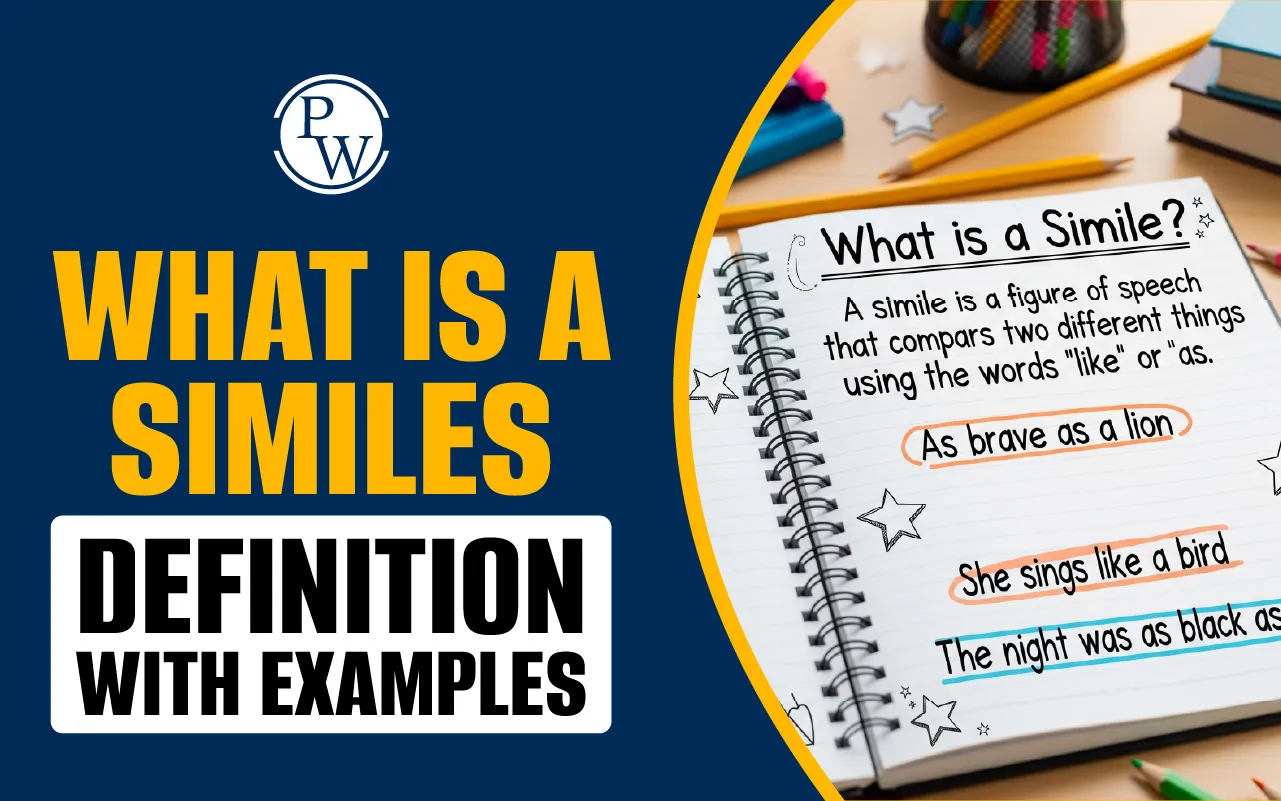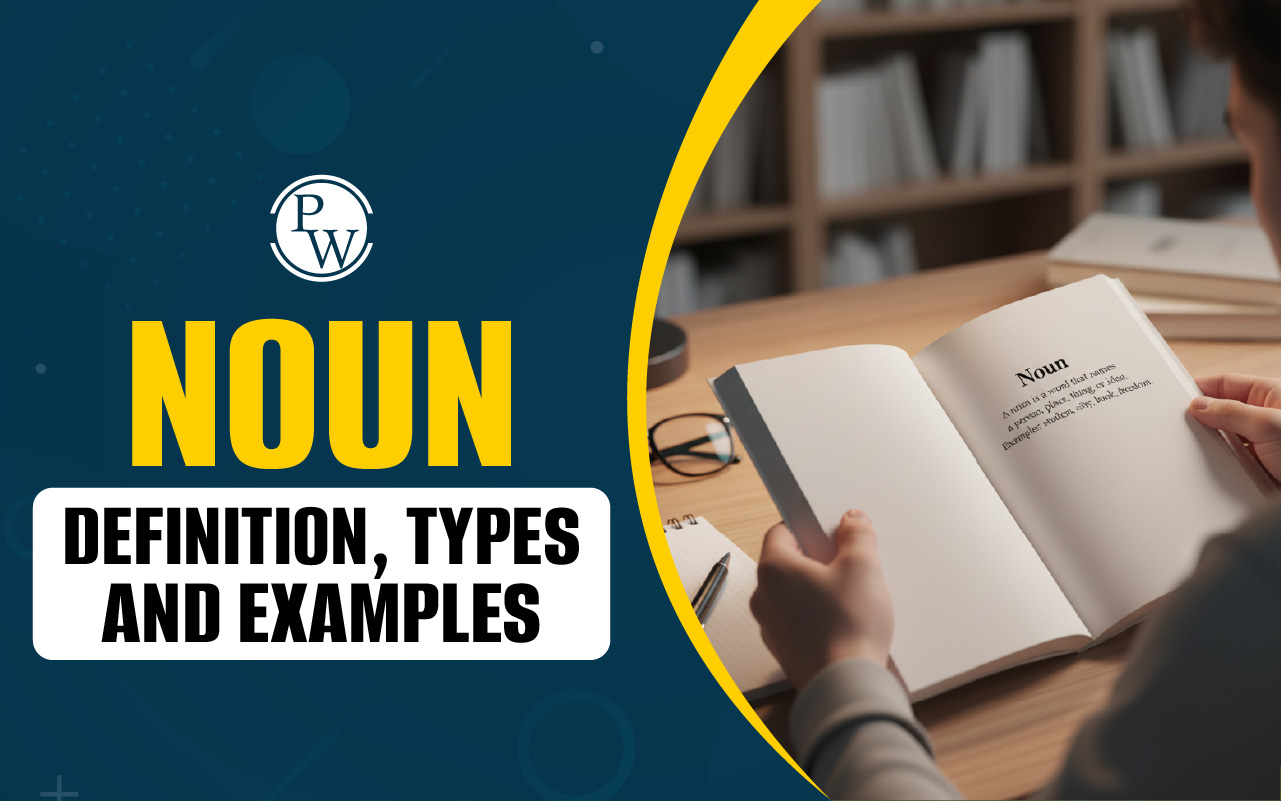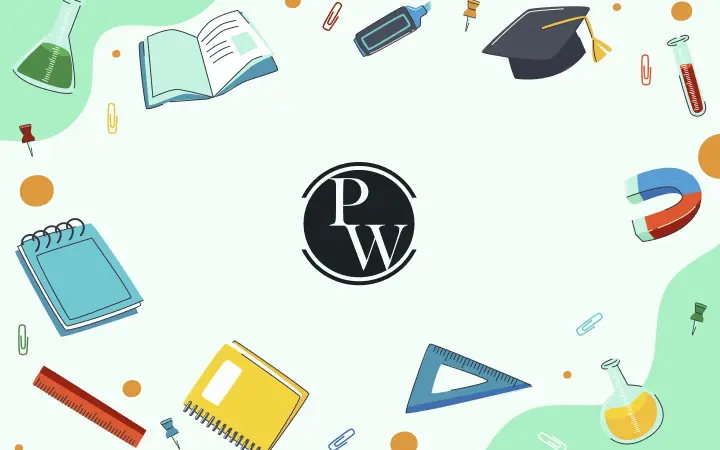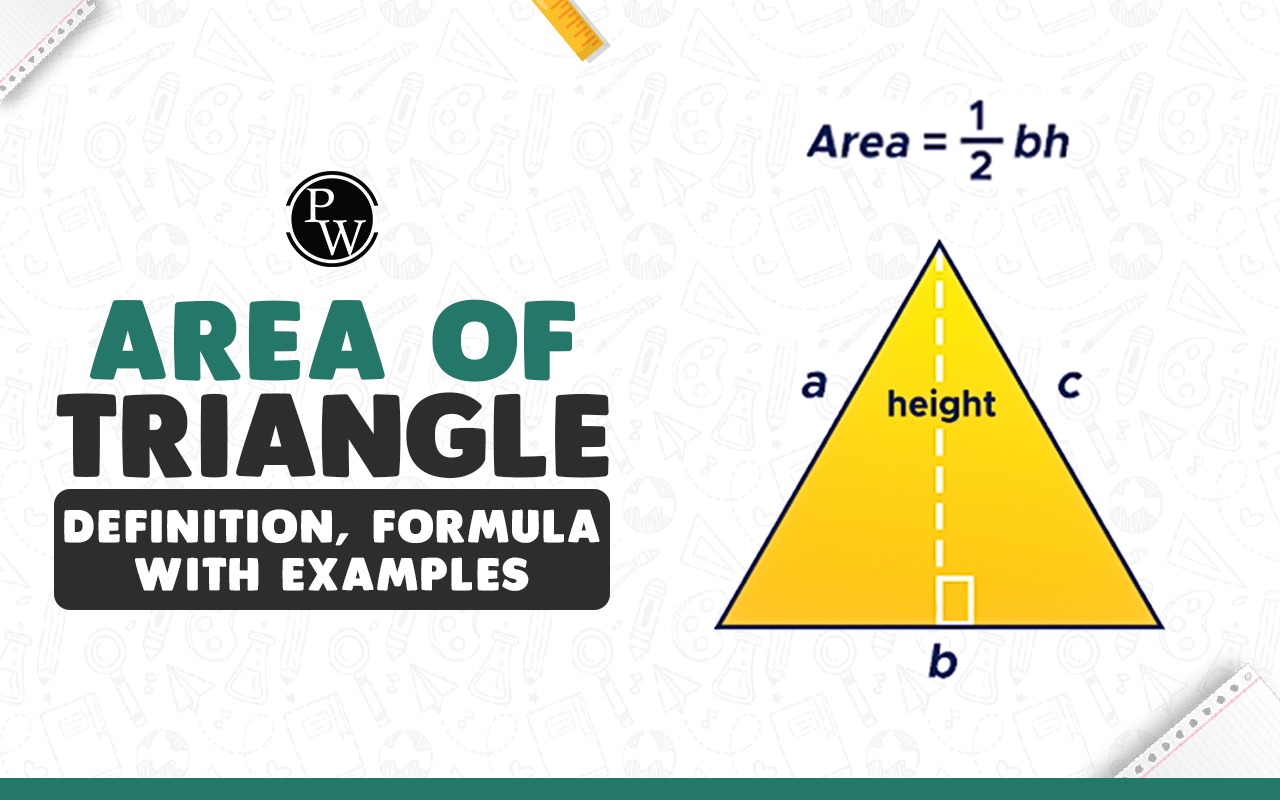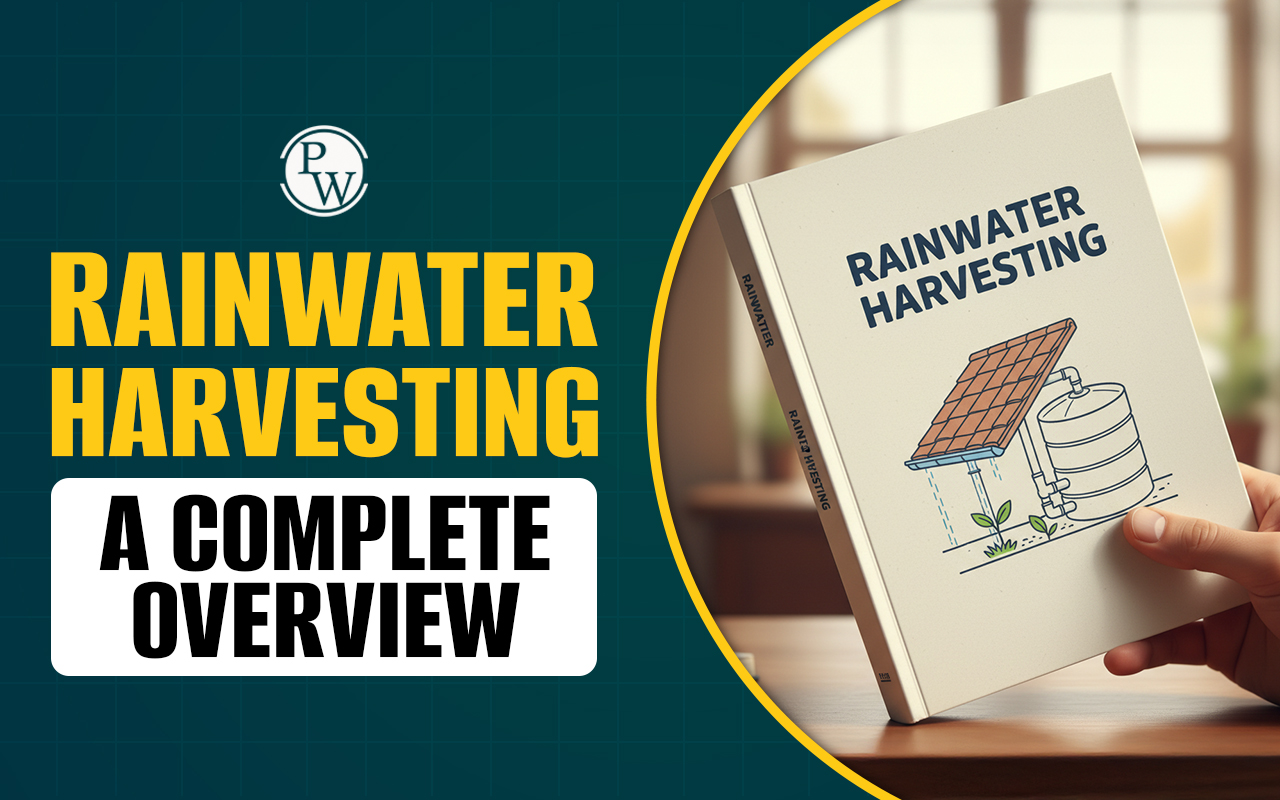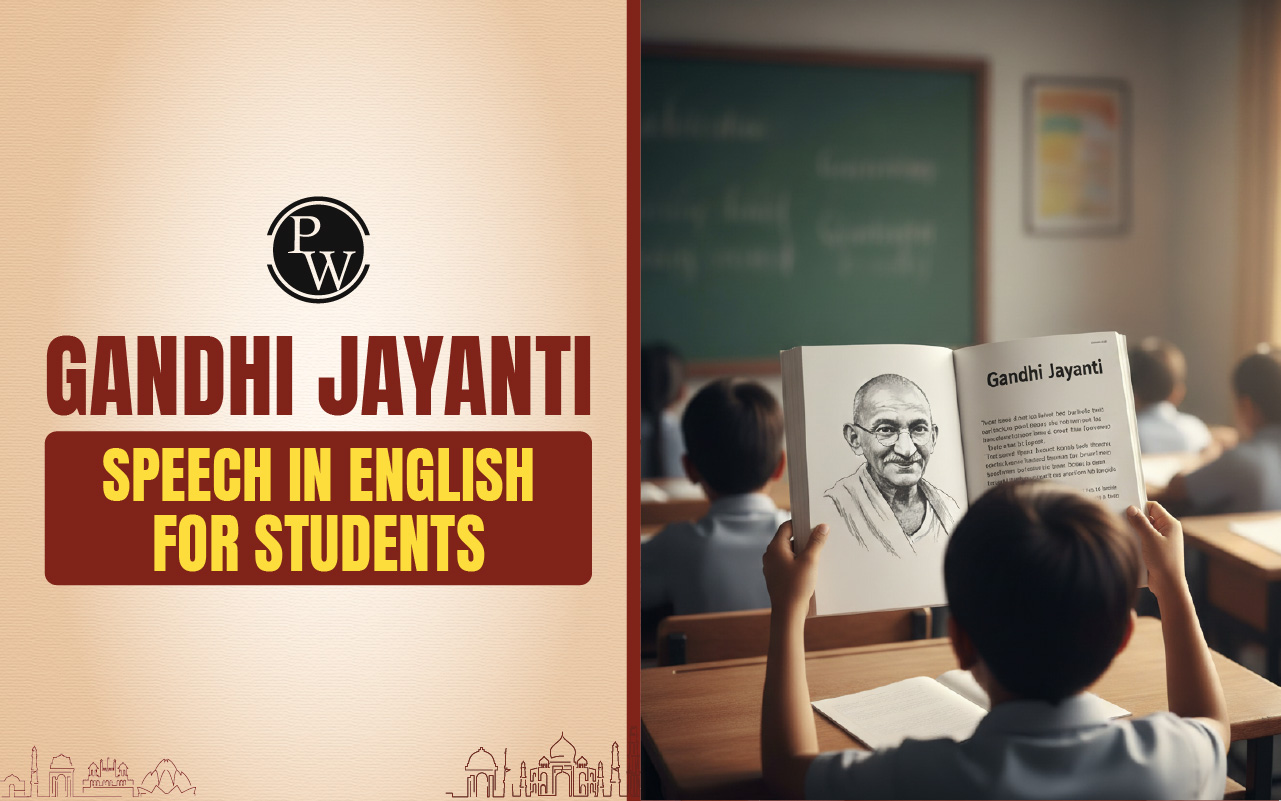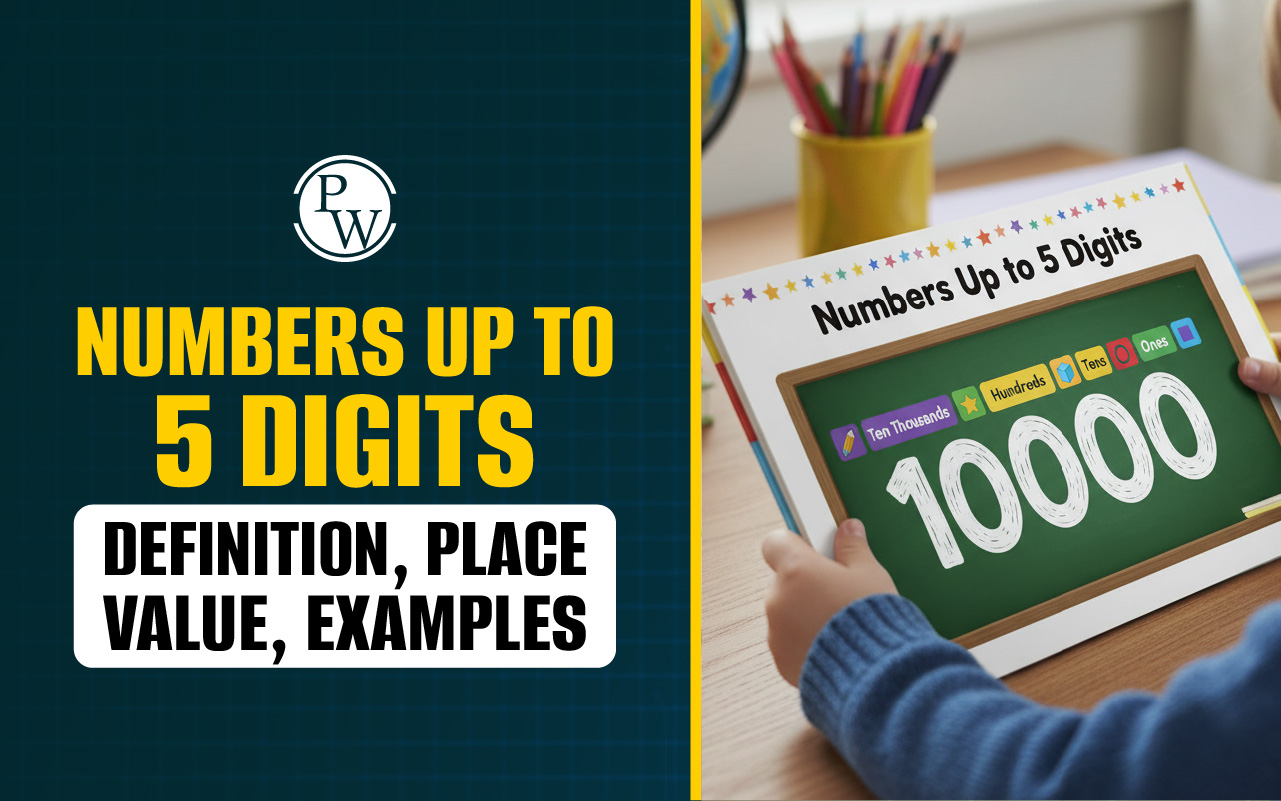
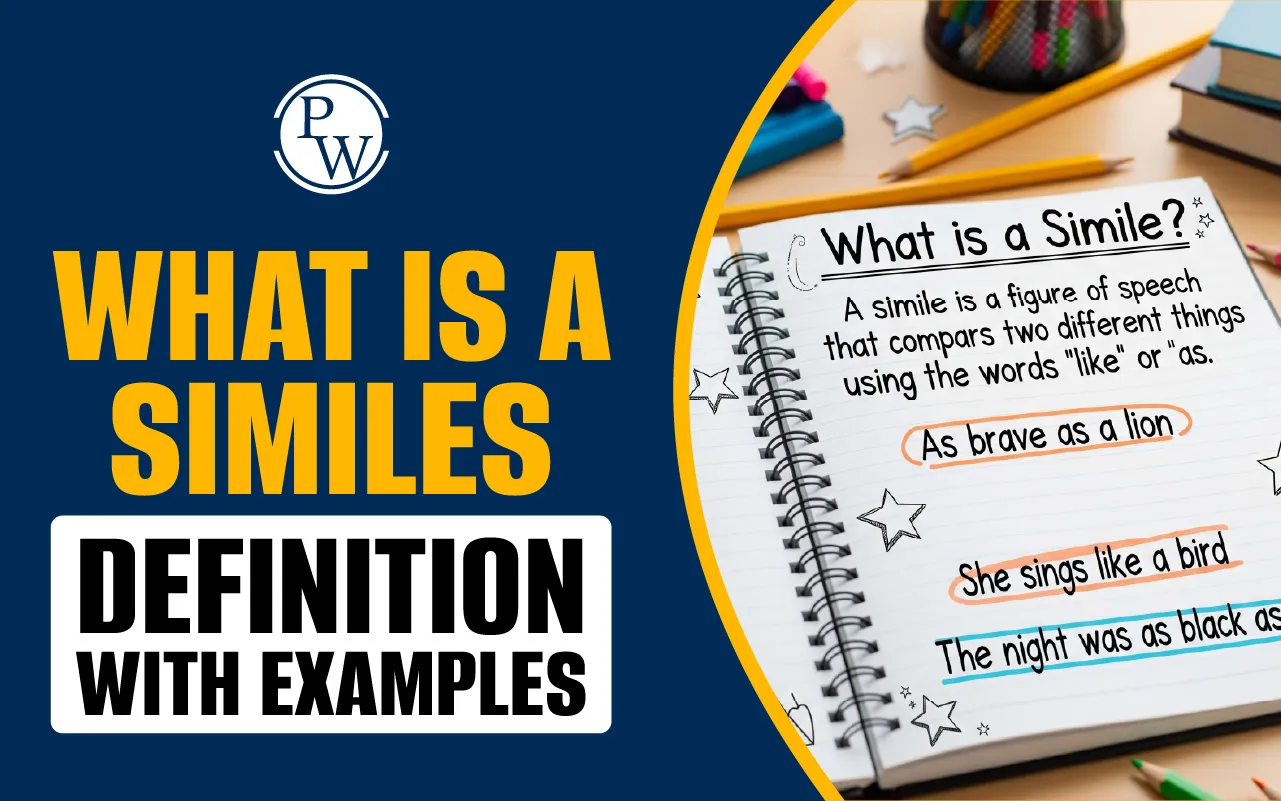
A simile is a special kind of figure of speech that helps us describe things in a fun and easy way. It compares two different things using words like “like” or “as.” By using similes, we can make our writing more interesting and clear. To learn more about what is simile and understand how to use a simile in a sentence, keep reading.
Read More: How to Improve English Speaking Skills at Home
What is a Simile?
A simile is used when we want to compare two things that are not the same but have something in common. We do this by using the words “like,” “as,” or “than.” For example, instead of saying “He is fast,” we can say “He is as fast as a cheetah.” This gives a clearer and stronger picture of what we mean.
Similes are often found in poems, stories, and everyday conversations because they make sentences more fun and lively. They also help readers or listeners understand things better by connecting ideas with familiar things. So, a simile figure of speech is like a tool that makes language more creative and exciting.
Simile Definition
The definition of simile is very easy to understand. As we have learned above, a simile is a figure of speech that compares two different things using the words “like” or “as.” However, different popular dictionaries have explained the simile definition as:
-
As per the Oxford Dictionary, a simile is a word or phrase that compares something to something else using like or as.
-
As per the Cambridge Dictionary, a simile is an expression that compares one thing with another, always using like or as.
-
The Collins Dictionary explains a simile as a way to describe a person or thing by saying it is similar to someone or something else.
-
According to the Merriam-Webster Dictionary, a simile is defined as a figure of speech that compares two unlike things using like or as.
Read More: 7 Daily Habits to Improve English Fluency
How to Use Simile in a Sentence?
To use a simile in a sentence, we compare two different things that share a similar quality. We always use the words “like” or “as” to show the comparison. Let’s understand it this way:
-
Choose two things to compare.
-
Make sure they have something in common (like speed, beauty, strength, etc.).
-
Use “like” or “as” to join them in a sentence.
Here are some simple simile in a sentence examples:
-
She is as busy as a bee. (means she is very busy)
-
He runs like the wind. (means he runs very fast)
-
The baby’s skin is as soft as cotton. (means very soft skin)
-
My brother eats like a horse. (means he eats a lot)
These kinds of sentences help readers or listeners create a clear picture in their minds. That’s why using similes makes writing more fun, easy to understand, and full of imagination. By using a simile figure of speech, we can make boring sentences more exciting and meaningful.
Read More: How to Write an Article in English
Example of Simile
To understand similes better, students must look out for some common examples of similes used in everyday life. These comparisons help us describe things in a more interesting and fun way. Find a common example of simile along with the usage in sentences outlined below for students' reference:
Examples of Similes with “As” Used in Sentences
-
As slow as a sloth: Rohan is as slow as a sloth when he gets up in the morning.
-
As busy as a bee: The teacher was as busy as a bee checking all the notebooks.
-
As proud as a peacock: She looked as proud as a peacock after winning the medal.
-
As fast as a cheetah: The boy ran as fast as a cheetah to catch the school bus.
-
As cold as ice: The water from the fridge was as cold as ice.
-
As tall as a giraffe: My elder brother is as tall as a giraffe now.
-
As sweet as sugar: Grandma is as sweet as sugar to everyone.
-
As strong as an ox: The weightlifter was as strong as an ox.
-
As old as the hills: That story is as old as the hills.
-
As cool as a cucumber: Even in trouble, he stayed as cool as a cucumber.
-
As clear as crystal: Her handwriting is as clear as crystal.
-
As sharp as a razor: His answers were as sharp as a razor in the quiz.
-
As bright as the moon: Her smile was as bright as the moon.
-
As gentle as a lamb: The new puppy is as gentle as a lamb.
Examples of Similes with “Like” Used in Sentences
-
Runs like the wind: She runs like the wind on the playground.
-
Swims like a fish: Rahul swims like a fish in the pool.
-
Climbs like a monkey: He climbs like a monkey on the jungle gym.
-
Sleeps like a baby: After playing, she sleeps like a baby.
-
Eats like a pig: He eats like a pig when he is very hungry.
-
Moves like a snail: On Mondays, I move like a snail.
-
Jumps like a frog: The little boy jumps like a frog in the puddles.
-
Sings like a cuckoo: Meera sings like a cuckoo in music class.
-
Has eyes like a hawk: The teacher has eyes like a hawk and sees everything.
-
Chatters like a monkey: The girls chatter like monkeys during lunch.
-
Fights like cats and dogs: My cousins fight like cats and dogs sometimes.
-
Fits like a glove: This dress fits like a glove on her (Fits perfectly).
Read More: Article Writing Format
Types of Similes in Grammar
Now that we have learned the simile definition and seen its examples, let’s understand the different types of similes used in writing and speaking. Each type helps us compare things in a special way, as explained here:
1. Direct Similes: These are the most common similes. They clearly compare two things using the words “like” or “as.” For example: She sings like an angel.
This means her singing is sweet and beautiful, just like an angel.
2. Implied Similes: These similes don’t directly say “like” or “as,” but still show a comparison through the way something is described. For example: He slithered into the room, quiet and sneaky.
Here, “slithered” makes us think of a snake, showing an indirect comparison.
3. Extended Similes: These similes go beyond just one line. They continue for two or more sentences to explain the comparison in more detail. For example: Her thoughts were like a puzzle—hard to understand, always changing, and never complete.
This simile explains her thoughts in a longer and more detailed way.
4. Metaphor Similes: These similes use “like” or “as,” but the comparison feels more symbolic than real. They have strong and deep meaning. For instance: His words were like fire, burning everything in their path.
This shows that his words were hurtful or powerful.
5. Antithesis Similes: These similes compare opposite ideas to show a contrast. They can sound funny, clever, or even surprising. For example: He was as helpful as a broken umbrella in the rain.
This means he was not helpful at all, using opposite ideas for effect.
6. Personification Similes: These similes compare things such as objects or animals to humans, giving them human-like actions or feelings. For example: The wind howled like a crying baby.
This makes the wind sound alive, like it has feelings.
Read More: 500+ Words Essay on Environment for Students
Simile vs Metaphor- What’s the Difference?
Similes and Metaphors are both figures of speech used to compare two things. But they work a little differently. Where a simile compares two things using the words “like” or “as,” a metaphor says one thing is another thing to show a strong comparison. Let’s understand the simile vs metaphor difference better with simple examples:
Simile example: He runs like the wind.
This simile example means the boy runs very fast, just like the wind moves quickly in nature. We are comparing his speed to the speed of wind using the word "like," which shows it's not the same but similar.
Metaphor example: He is a rocket on the field.
This example of metaphor means the boy is extremely fast, just like a rocket that flies very quickly in the sky. But here, we are not saying he is like a rocket—we are directly calling him a rocket.
This strong and direct comparison makes it a metaphor. Even though we know he is not really a rocket, the sentence helps us imagine his speed clearly.
Make Learning English Simple and Fun for Your Child With CuriousJr
Is your child finding English grammar confusing and hard to learn? Do they struggle to write clear sentences during exams? This can affect their marks and overall confidence in school. English Online Classes by CuriousJr are designed to help your child overcome these challenges.
-
With live interactive classes led by certified teachers, your child gets personal attention and easy-to-understand lessons.
-
From fluency and pronunciation training to grammar, vocabulary, and writing skills development, CuriousJr English learning classes cover all important areas to build a strong foundation in English.
-
Dedicated one-to-one teacher support means your child gets the help they need to improve step by step.
Book a demo class now to help your child grow confident in English and improve their grammar skills with CuriousJr’s English online classes.
Simile FAQs
What is the definition of simile?
Why do we use similes in English?
How are similes different from metaphors?
Give a simile example for students.

